 Broken Promise by Linwood Barclay
Broken Promise by Linwood Barclay Published by Recorded Books on July 28th 2015
Series: Promise Falls #1
Format: audiobook
See it @ Goodreads
Synopsis
From the New York Times--bestselling author comes the first novel in an explosive trilogy about the disturbing secrets of a quiet small town.
After his wife's death and the collapse of his newspaper, David Harwood has no choice but to uproot his nine-year-old son and move back into his childhood home in Promise Falls, New York. David believes his life is in free fall, and he can't find a way to stop his descent.
Then he comes across a family secret of epic proportions. A year after a devastating miscarriage, David's cousin Marla has continued to struggle. But when David's mother asks him to check on her, he's horrified to discover that she's been secretly raising a child who is not her own--a baby she claims was a gift from an "angel" left on her porch.
When the baby's real mother is found murdered, David can't help wanting to piece together what happened--even if it means proving his own cousin's guilt. But as he uncovers each piece of evidence, David realizes that Marla's mysterious child is just the tip of the iceberg.
Other strange things are happening. Animals are found ritually slaughtered. An ominous abandoned Ferris wheel seems to stand as a warning that something dark has infected Promise Falls. And someone has decided that the entire town must pay for the sins of its past . . . in blood.
I have seen good reviews for Linwood Barclay’s books so I decided to give them a try. I chose the Promise Falls Trilogy for starters. The third book Twenty-Three is not available to me yet. No matter…
The first book Broken Promise started a little slow for me, but it did pick up. The story-line is very good and well plotted. The characters were interesting and I enjoyed that we were getting the story from different perspectives. At the end of Barclay’s wrapped up the story very nicely leaving a few dangling story lines for the next book in the trilogy.
Far From True was even better, the plot tighten up and Barclay made better use of his characters in this book. The twists and turns were better. At the end of the book Barclay has done it again wrapped up some of the dangling story lines but one and that is hopefully what the last book, Twenty-Three will do when it is released November 1 of this year.
I am looking forward to it…
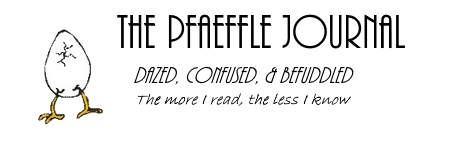

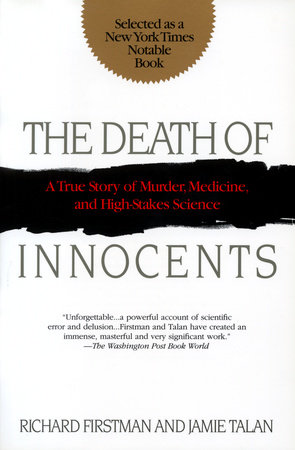
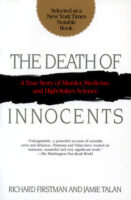 The Death of Innocents: A True Story of Murder, Medicine, and High-Stake Science by
The Death of Innocents: A True Story of Murder, Medicine, and High-Stake Science by 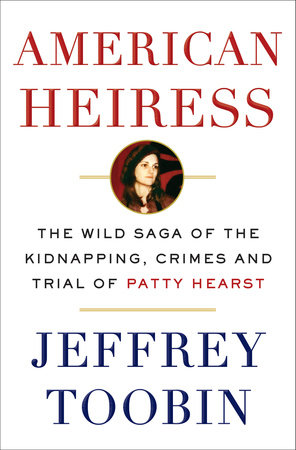
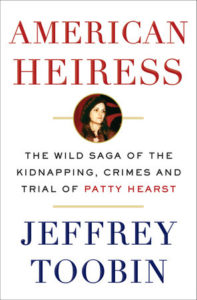 American Heiress: The Wild Saga of the Kidnapping, Crimes and Trial of Patty Hearst by
American Heiress: The Wild Saga of the Kidnapping, Crimes and Trial of Patty Hearst by